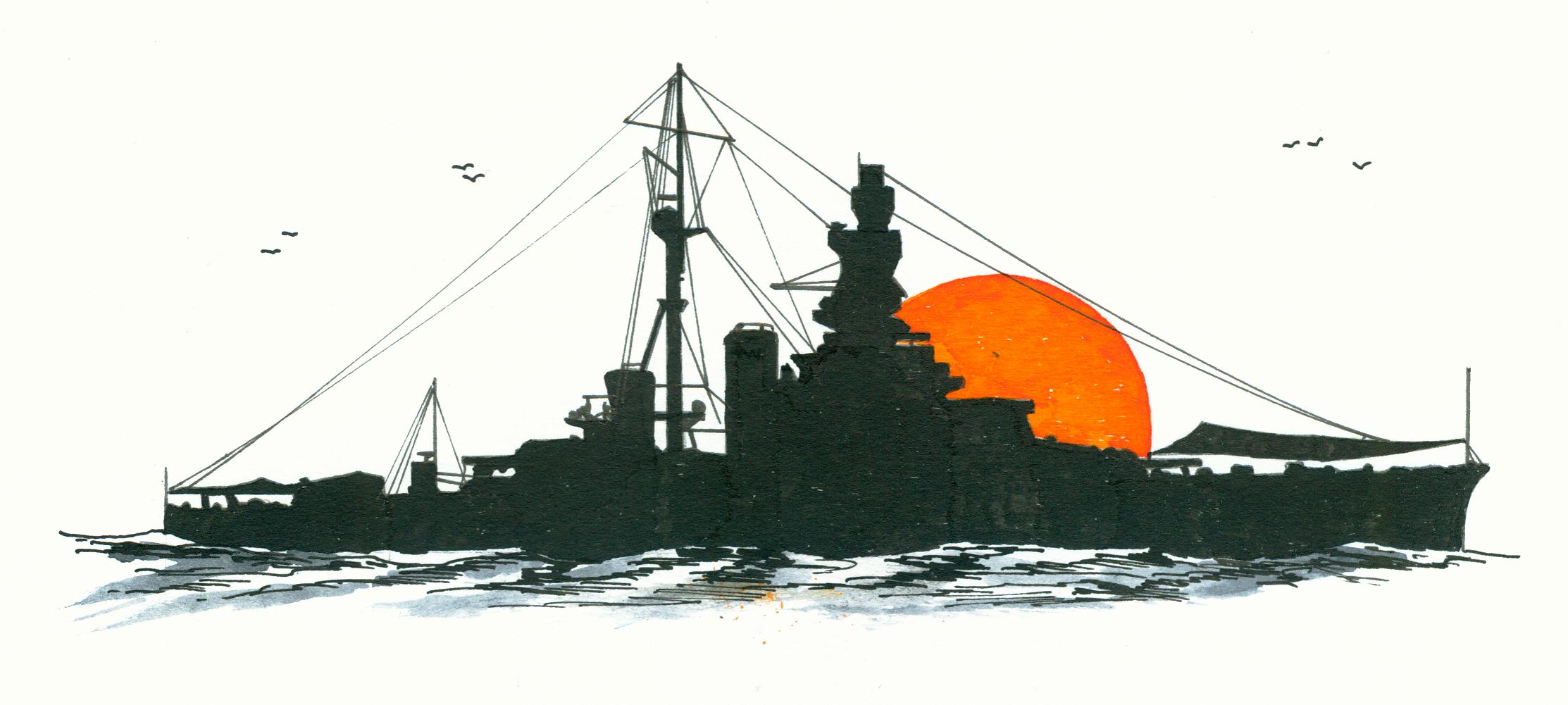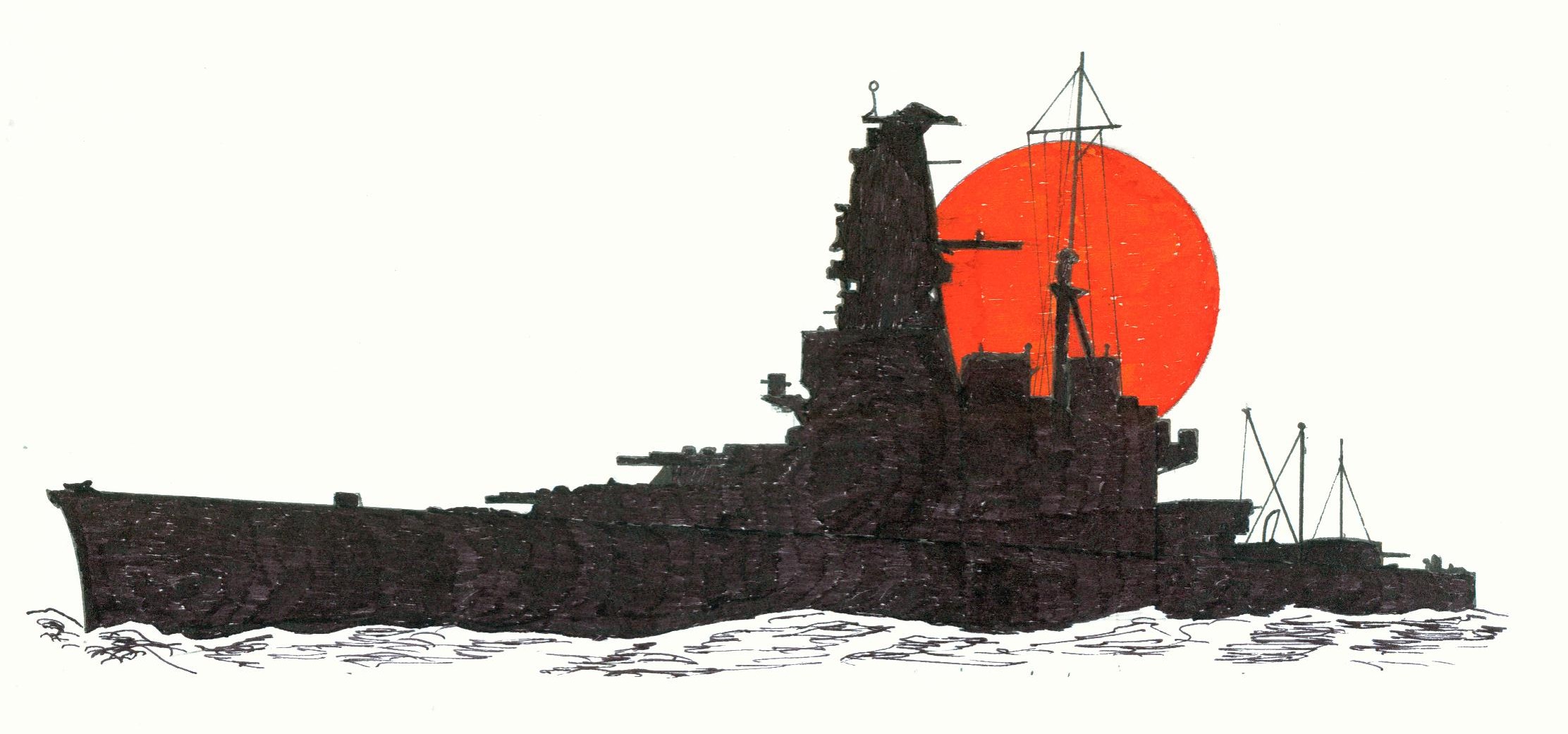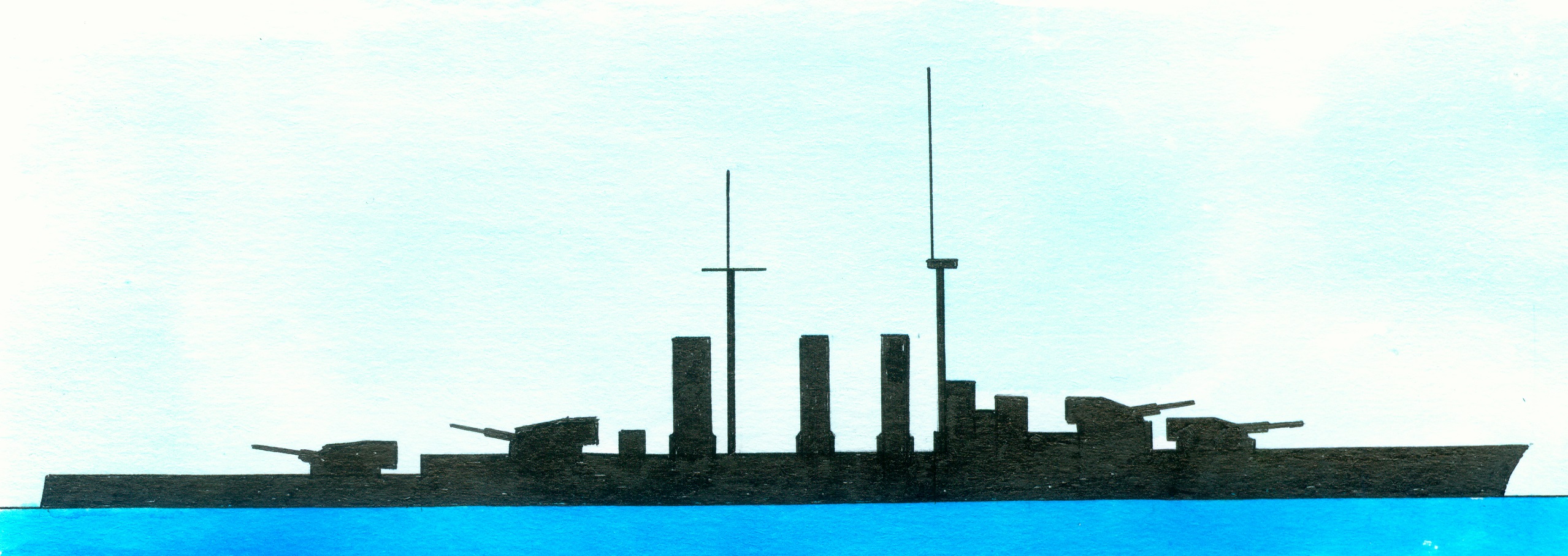Translate
Friday 19 February 2016
Japanese battle cruiser Haruna 1912-1946
Of the Kongo-class consisting of the Kongo, Haruna, Hiei and Kirishima. Laid down at the Kawasaki Dockyard Company, Kobe, Japan on 16 March 1912, launched on 14 December 1913, completed on 19 April 1915, reconstructed into a battleship 1926-July 1928, reconstructed into a fast battleship between 1 August 1933-30 September 1934, sunk by American planes on 28 July 1945 and finally broken up in 1946. Designed by the British naval engineer George Thurston,(1)
General technical specifications of the Kongo-class battle cruisers before the reconstruction as fast battleships. With a displacement of 27.384 tons/26.952 long tons and as dimensions 215,58 x 28,04 x 8,22 metres ot 704.0 x 92.0 x 27.0 feet. The two Brown-Curtiss direct drive steam turbine sets and 36 Yarrow boilers supplied via 4 shafts 64.000 shp allowing a speed of 27,5 knots and with a speed of 14 knots a range of 8.000 nautical miles. Her crew numbered 1.193 men. The armament consisted of a 7,6-20,3cm/3-8” thick waterline belt, a 2,54cm/1” thick deck with the gun turrets, barbettes and gun turrets protected by respectively 22,9-25,4cm/9-10”, 7,6-2,54cm/3”-10” and 22,9cm/9”. The armament consisted of 4x2-35,6cm14” Vickers guns, 16x1-15,2cm guns, 4x2-7,6cm anti aircraft guns and 8-53,3cm/2” torpedo tubes.
After her reconstruction into a fast battleship was her standard displacement 32.156 tons/31.648 long tons and the dimensions 219,61 x 33,1 metres or 720.6 x 108.7 feet. The 4 steam turbines and 11 water tube boilers supplied 136.000 ship allowing a speed of 29 knots and with a speed of 18 knots a range of 10.000 nautical miles. Her crew was increased to at least 1.500 men. The armament consisted of 4x2-35,6cm guns, 8x1-15,2cm guns, 6x2-12,7cm/5” dual purpose guns, 118-2,5cm anti aircraft guns and 30 depth charges, Further more she was fitted out with a catapult for launcher her 3 float planes she carried with her.
Note
1. Sir Thomas George OwensThurston (1869-22 January 1950), studied naval architecture in Liverpool and Newcastle-on-Tyne and was in the first half of the 20th Century an import naval architect.



